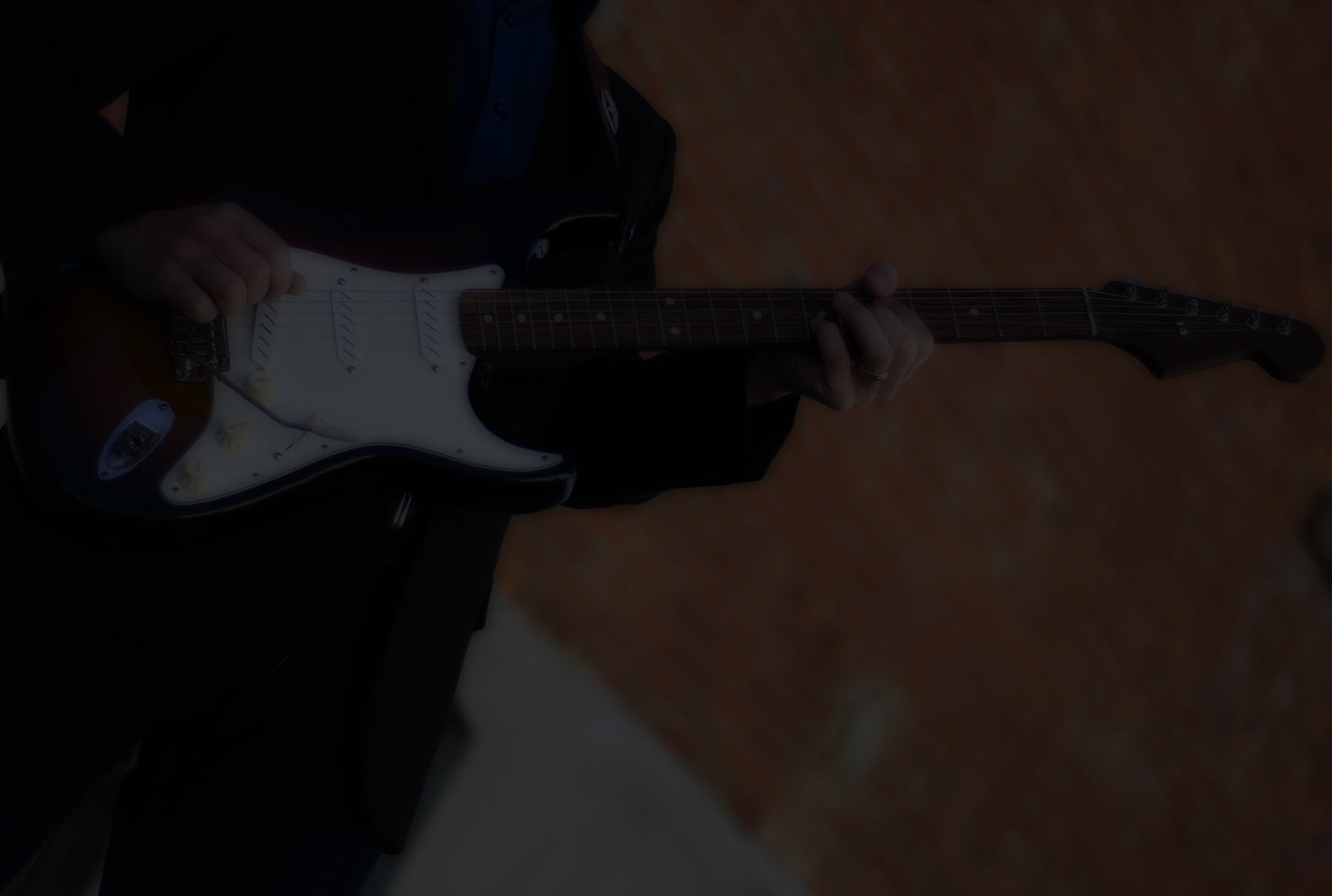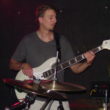Hi Chris,
As you have made an acoustic instrument before I thought you might find this of interest. I always take a photo of the guitar before I put the back on. Just to remind that there is stuff going on on the inside.
Cheers
Jim
Oh My! That is guitar porn. How cool is that?!!!
Craig, you gotta visit.
jim
These are really beautiful. Your work looks truly masterful. You are no doubt a craftsman. I wish I were able to hold and play some of your guitars. I hope you will post more pictures as I think we all enjoy seeing them.
It is difficult to guess the wood used on the sides but I am tending to think maple on the left and East Indian Rosewood on the right...?
I have only made 1 acoustic guitar and was coached [ http://www.alcarruthluthier.com/ ] throughout the process, so I am far from an expert. I see a couple of unique [to my limited build experience] things in these guitars... I hope you won't mind if I comment on them. This is due to my curiosity, certainly not any type of critique to be meant or implied.
- The bracing for the guitar on the right
- The lack of bridge plate on the right
- The opening in the top above the soundhole for the neck on both of them.
I recall shaving and scalloping the braces on mine using the "Glitter" top tuning techniques of my mentor. What a fascinating adventure it was building that guitar. I actually have 2 sets of black acacia on hand for another build [or 2] which may still happen.
Thanks for sharing these pics. I always enjoy seeing pics like thses.
Do you have a website with guitars for sale? How much do these beauties cost? I may be interested!
Hi Chris,
I have a sneaking suspicion we were almost neighbours. I studied guitar making in Vermont at Vermont Instruments under George Morris. http://www.vermontinstruments.com/
There are some obvious variances in the building styles especially with the bracing, sides and how the neck is attached to the body.
The guitar on the right is a classical and I don't use a bridge plate especially as the lattice bracing provides the cross grain stiffness. A lot of makers do use a plate especially using fan bracing. It seems to be a personal preference.
The sides are actually laminated using a set of rosewood sides for the outside and 1/16" veneer, (maple for the 00 and walnut for the classical) for the inside. It is a bit of work as you need to bend 4 sides by hand and glue them up in a press.
The neck construction is a bolt on and a pretty new thing for me to undertake from building using the traditional glued in neck. The results have been outstanding.
I use lattice bracing on all my guitars. It allows me to make the top very light yet still stiff and structurely sound to cope with the forces imposed by the string tension. The end result is an instrument with a lot of power. The braces are tapered to nothing at the edges and the top itself is graduated by reducing the thickness from the bridge are as you move out towards edges. All the while reducing just enough wood to get the tap tone I am after.
Hi Robert
I don't have a web site. It is something I should get around to but I am working a 9 to 5 at the moment which only leaves enough time to build around 6 guitars a year.
Of course I would be happy to make one for you. The general price is $4,500 US and a little more dependent on materials such as Brazilian Rosewood.
Let me know what you are after and happy to chat.
Jim
Too bad you are on the other side of the world! Shipping would be pricey I reckon.
How true. Suprisingly the freight was only $125. The problem comes with the amount for the insured value wher our friends at Customs are then happy to take their pound of flesh.
I am hoping to come back over to the US once the pandemic is over and would be happy to bring one over or even build one while I am there.
Except I’m not in the US.
Border Jam!
Jim
Yes, it looks like we were practically neighbors. Within perhaps a couple hundred miles or so. I am about 90 miles south of Al's shop.
How long have you been building? Were your studies at Vermont Instruments sufficient to get you started building on your own? Were you a woodworker prior to discovering guitar building?
The lack of the bridge plate and the lattice bracing, did have me wondering about bridge pin holes. It makes a lot of sense to me now.
Sounds like you are using a bending iron. Prior to meeting up with Al Carruth, I had experimented with bending in my garage using a torch and copper pipe I rigged up. The results were not pleasing. I ended up with burn marks and the sides often twisted. It was about impossible to control the temperature of the pipe. With Al we used a press that used light bulbs and heat blankets for heat. A spritz of water and into the form. I was surprised how well the wood bent, and no scorch marks.
It sounds like the laminates are 2 ply? Mind if I ask what type of glue you use to glue them up? Are you laminating the sides for greater strength or for other reasons? Are your backs also laminated? What are you using for tops?
Interesting to note that the Black Acacia sets I have, here at home, are Australian. I've heard it referred to as Australian Blackwood, Black Acacia and Australian Koa. I love the look and sound of koa, though my sets are not highly figured. At the time, I bought them I had imagined combining the 2 sets to make top, back and sides for a single guitar and donate the remaining pieces [if any] to Al for binding or inlays.
Hey Chris,
I started in 1984 with minimal amount of woodworking experience. The course I did originally went for 3 months, We (5 students) lived at the school and worked on our instruments 12 hours a day. We were all self motivated so without a doubt it set me up to start building on my own. It did take a long time to get the workshop set up. Back in those days we didn't have a lot of choices for high quality machinery that was affordable. I have gone back to Vermont several times to hone my skills and learn new techniques. I call it my second home
I use boat building epoxy to glue up the sides which makes them extremely durable. I like the method because the sides maintain a consistent shape along with being very rigid.
I used to use the press as well and found it huge time saver bending sides. It was originally designed in the 70s at the Guitar Research and Design Centre run by Charles Fox in South Strafford VT. It was the first guitar making school in North America.
Very true Black Acacia or Australian Blackwood is a native to my country. It is highly prized and becoming increasingly difficult to find highly figured wood. I still have a bit left for maybe 10 guitars.
Talk soon
Jim






